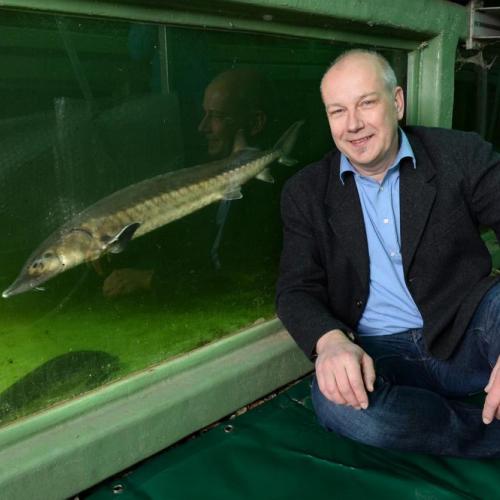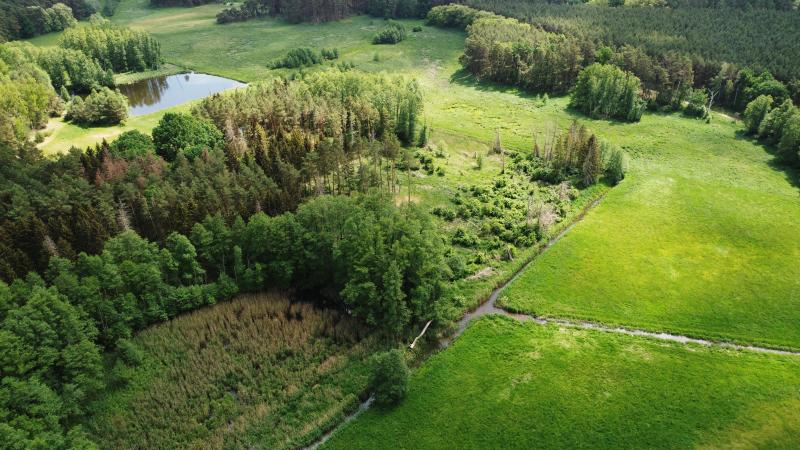
In their feedback, the researchers point out the following particular problem areas:
- Many harbours are located on or in estuaries - these are particularly important but also sensitive habitats, which must be taken into account in expansion and maintenance in accordance with European law.
- Harbours lead to habitat fragmentation and migration barriers for migratory animal species, especially migratory fish. In addition to physical barriers caused by hydraulic structures, there is also a sinking effect: the increased deposition of sand and silt, the resulting over-fertilisation and algal and bacterial blooms with oxygen depletion create areas of water that are no longer passable.
- At the same time, the sedimentation effect requires intensive maintenance in sediment management, e.g. continuous dredging, suction and disposal of fine sediments, again associated with the resulting environmental pollution and high costs.
- Harbours lead to considerable pollutant emissions into water, soil and air, e.g. through oil, fuel and cargo losses, contaminated ballast water, local industry, but also light and noise pollution.
- Increasingly critical, also in the context of climate change, are the warming effects caused by strongly slowed or stagnant water and by metallic sheet pile walls that heat up strongly seasonally as a result of solar radiation.
- Warming and damming lead to increased evaporation and reduced water availability.
- Ports are key gateways for invasive species, which can enter new distribution areas through ballast water or adhering to ship surfaces, for example, and cause massive ecological and economic damage in coastal and inland waters.
Therefore, the scientists formulated the following recommendations for the EU port strategy:
- Ecological upgrading of existing port areas (e.g. habitat diversity for wintering grounds and nursery areas for aquatic life) and the integration of nature-based solutions as early as the design and planning phase of infrastructure projects are important.
- Existing canal systems are preferable as a reliable alternative to river routes for transport when connecting inland ports as intermediate distributors of goods handling. However, even for these, they should only be expanded or maintained if the potential is proven.
- Where possible, natural rivers should not be further expanded, but rather developed ecologically, as they provide significantly more ecosystem services for humans and nature in a near-natural form, e.g. natural water retention, flood protection, drinking water resources and fishing resources.
- Massive investment in infrastructure, particularly in the port and waterway sector, does not automatically lead to increased demand and economic value creation. The expansion and maintenance of port infrastructure should therefore always be based on specific economic potential and security policy relevance analyses for the respective location and not be the result of a structural or cohesion policy that invests too broadly.
- In the case of inland ports and the associated waterway network in particular, the economic potential of infrastructure projects and their maintenance must be critically examined. Otherwise, this can lead to massive and expensive interventions in ecosystems that cannot be justified by overriding and long-term interests – and thus harm nature, the economy and people alike.







